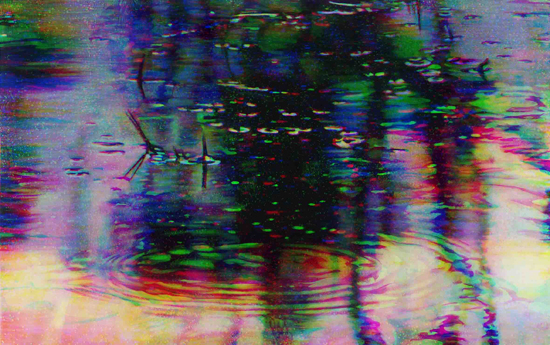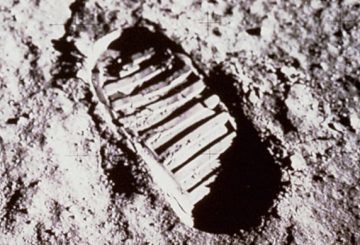From Sharne Wolff…
Fleshy fruit and heavenly flowers, especially poppies, have been artist Tim Maguire favourites for many years. Initially chosen to echo the still life and vanitas paintings of the Dutch 17th century, Maguire’s floral imagery has evolved with the aid of new technologies.
Near and Far is a fitting title for this latest offering. The exhibition comprises a series of Maguire’s trademark oversize flower canvases and six land and skyscapes on transparent film set in lightboxes. Are they photographs or paintings? Viewed at a distance doubt lingers in the air. Up close, Maguire’s 21st century twist is revealed as digital source photography is reduced to black and white before being reconstructed with ultra-thin layers of cyan, magenta and yellow paint (derived from the colour model used in printing) and overlaid with solvent applied by hand.
Maguire insists it’s the luminescence of the pictures and not the subject matter that interests him. The poppies have other ideas. Painted in varying shades of red, yellow and orange and set in their accidentally pure harmonies of colour and shape they fill each canvas with ambiguities. Sweetly romantic and decorative on the one hand, their simple ephemerality and homegrown association with ANZAC Day and the battlefields of war sit alongside a dark history (made visible by Indigenous artists like Destiny Deacon and Fiona Foley) that prevents them from remaining mute. In the lightboxes, light shines through the transparent medium adding intensity not achievable on paper or canvas. Reflections on water and dark forests shimmer with life while night skies are layered with constellations of colour.
Until March 30
Martin Browne Contemporary, Paddington
Pic: Tim Maguire, Bawley Point 2014, duratran on lightbox, 135 x 210cm, ED 3 + 1AP. Courtesy the artist and Martin Browne Contemporary.



Yes, retaining luminosity and beauty while suggesting deeper, darker mythologies, is at the heart of what makes a painting more than a pretty picture and why these works are so roundly appealing.